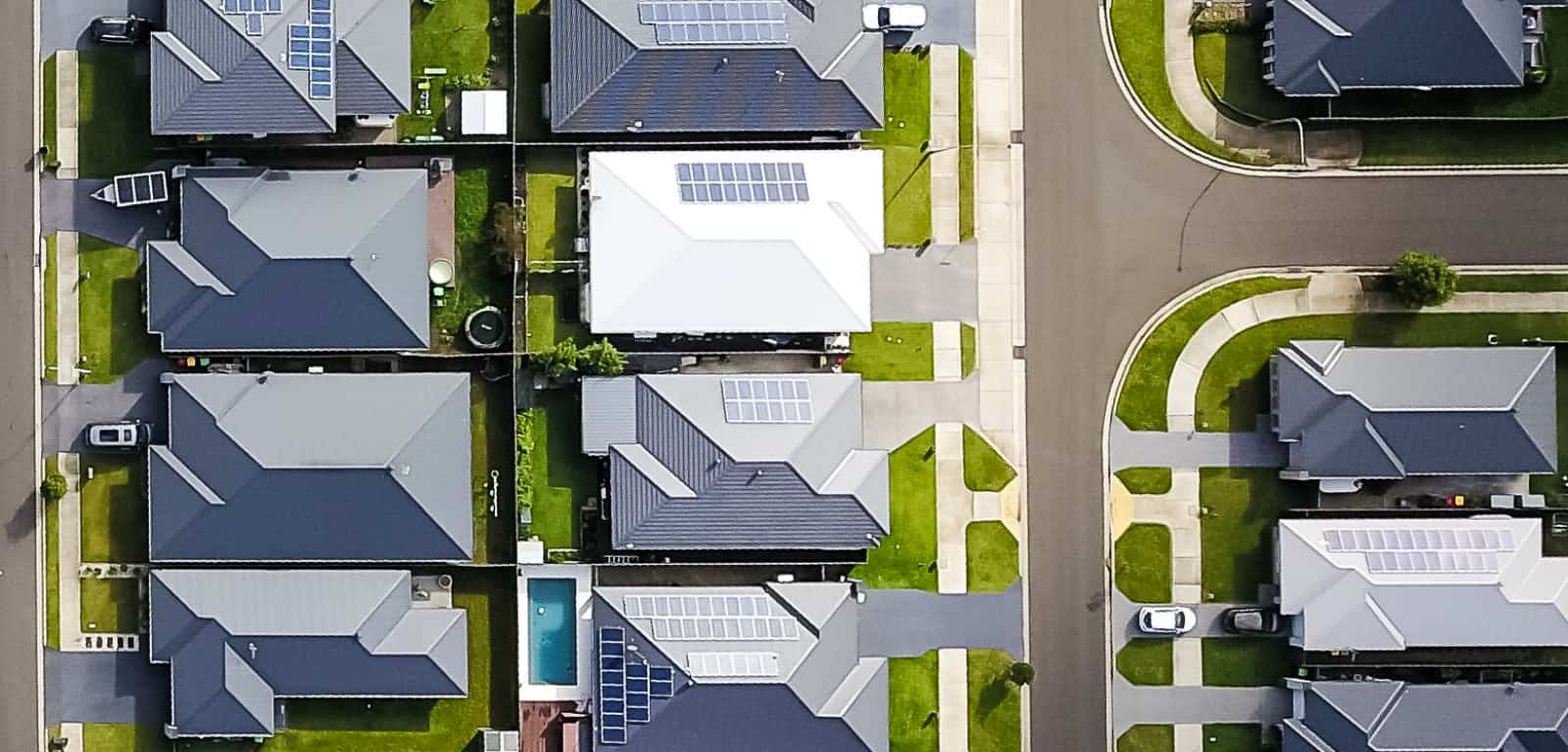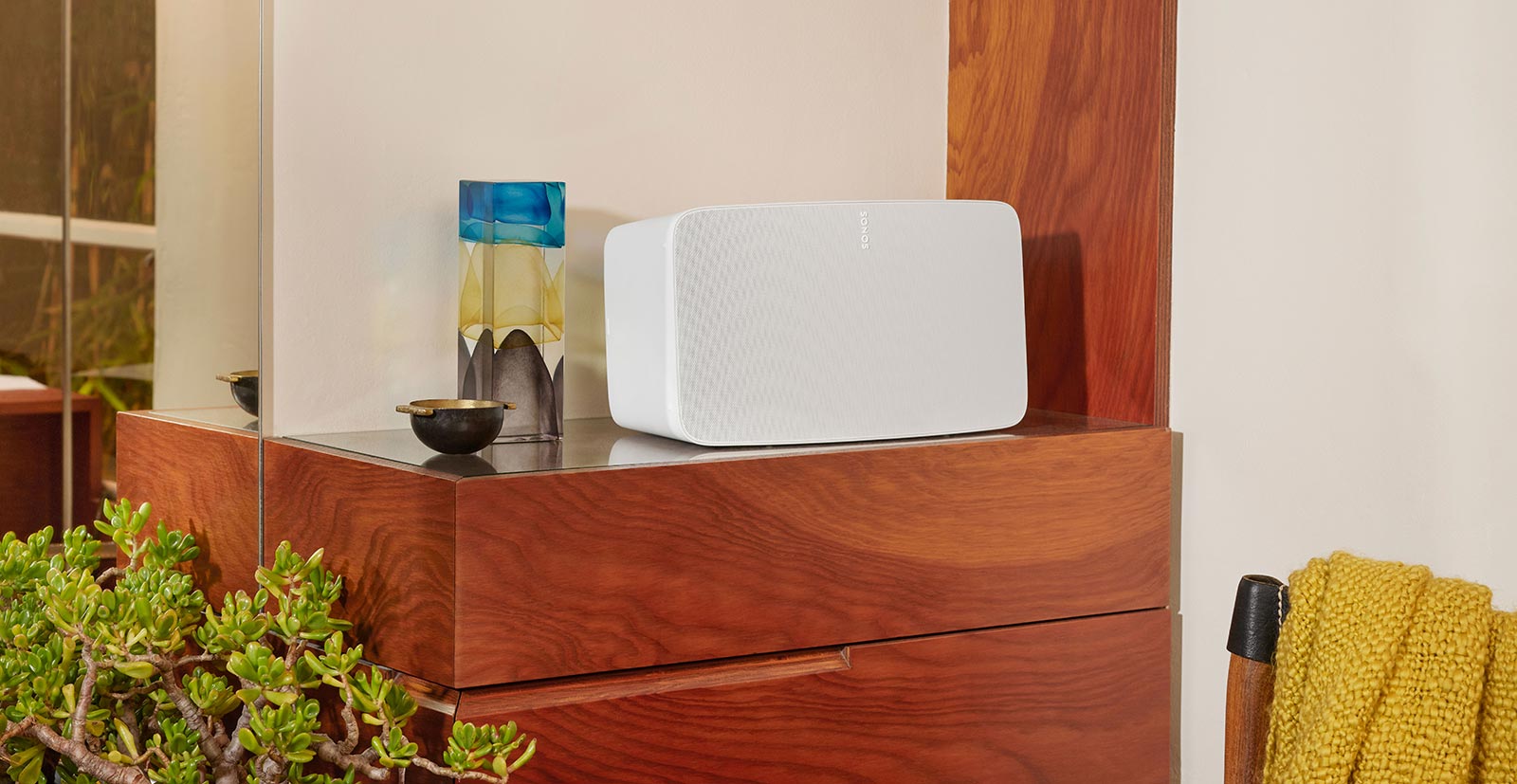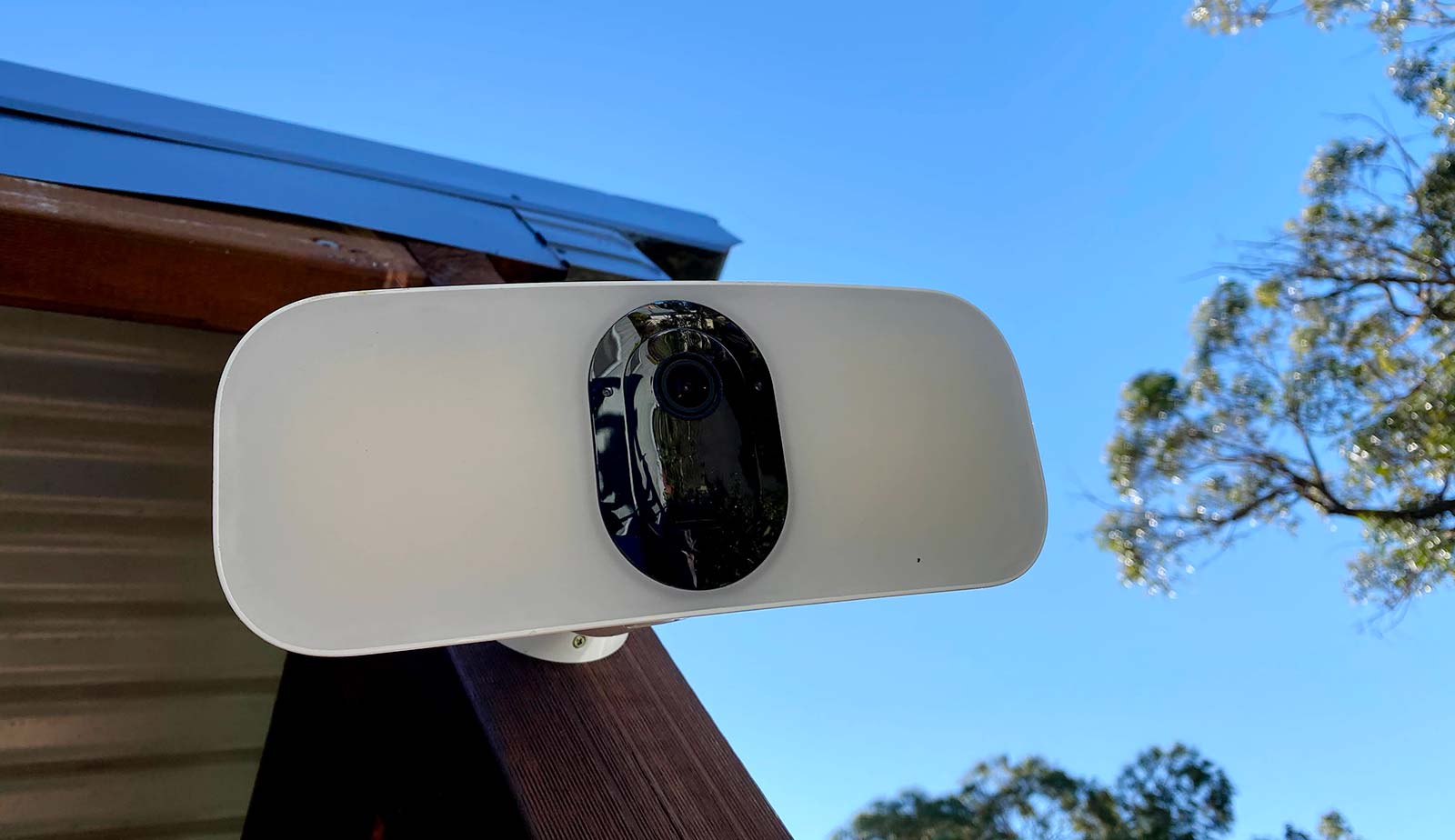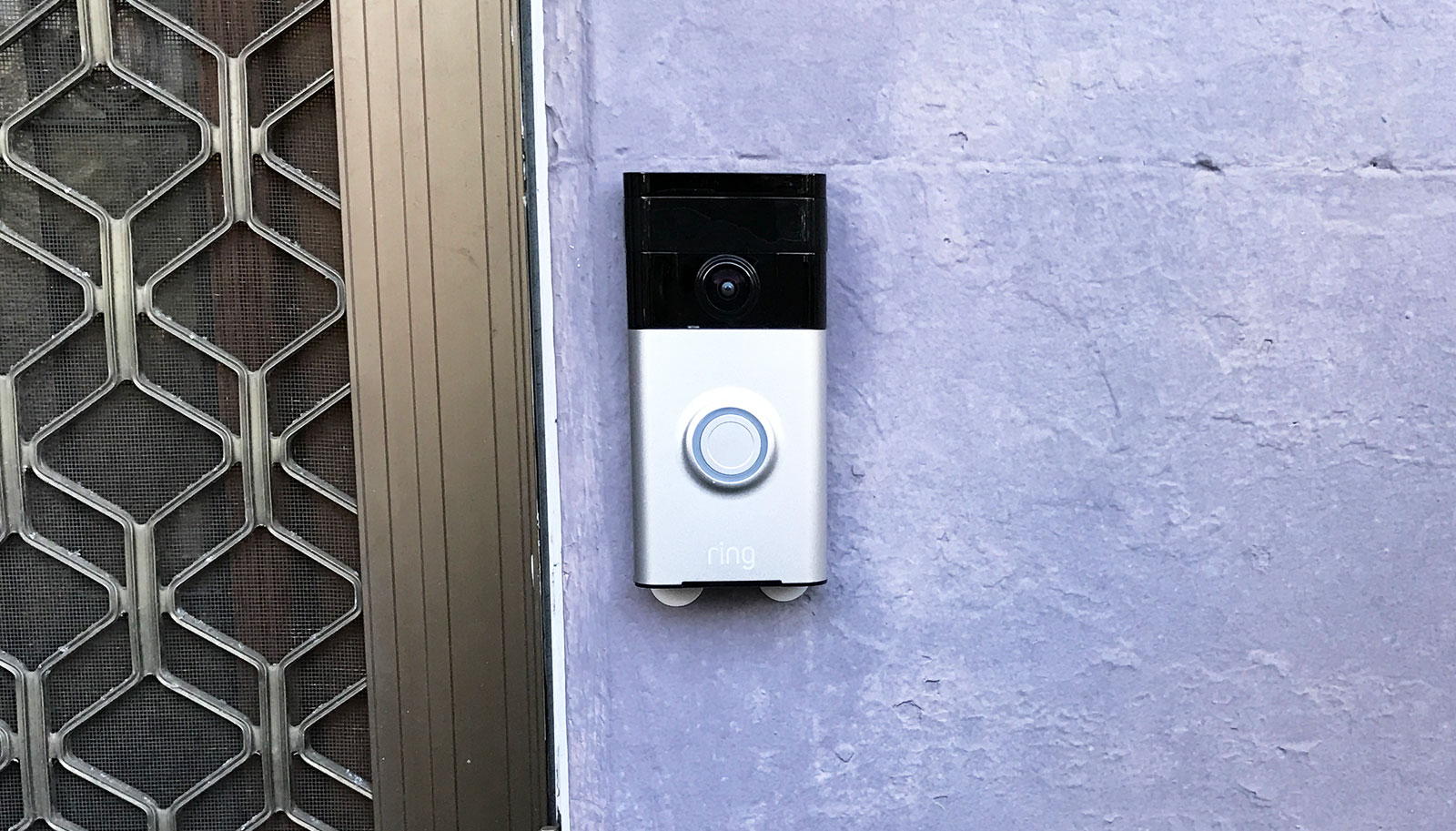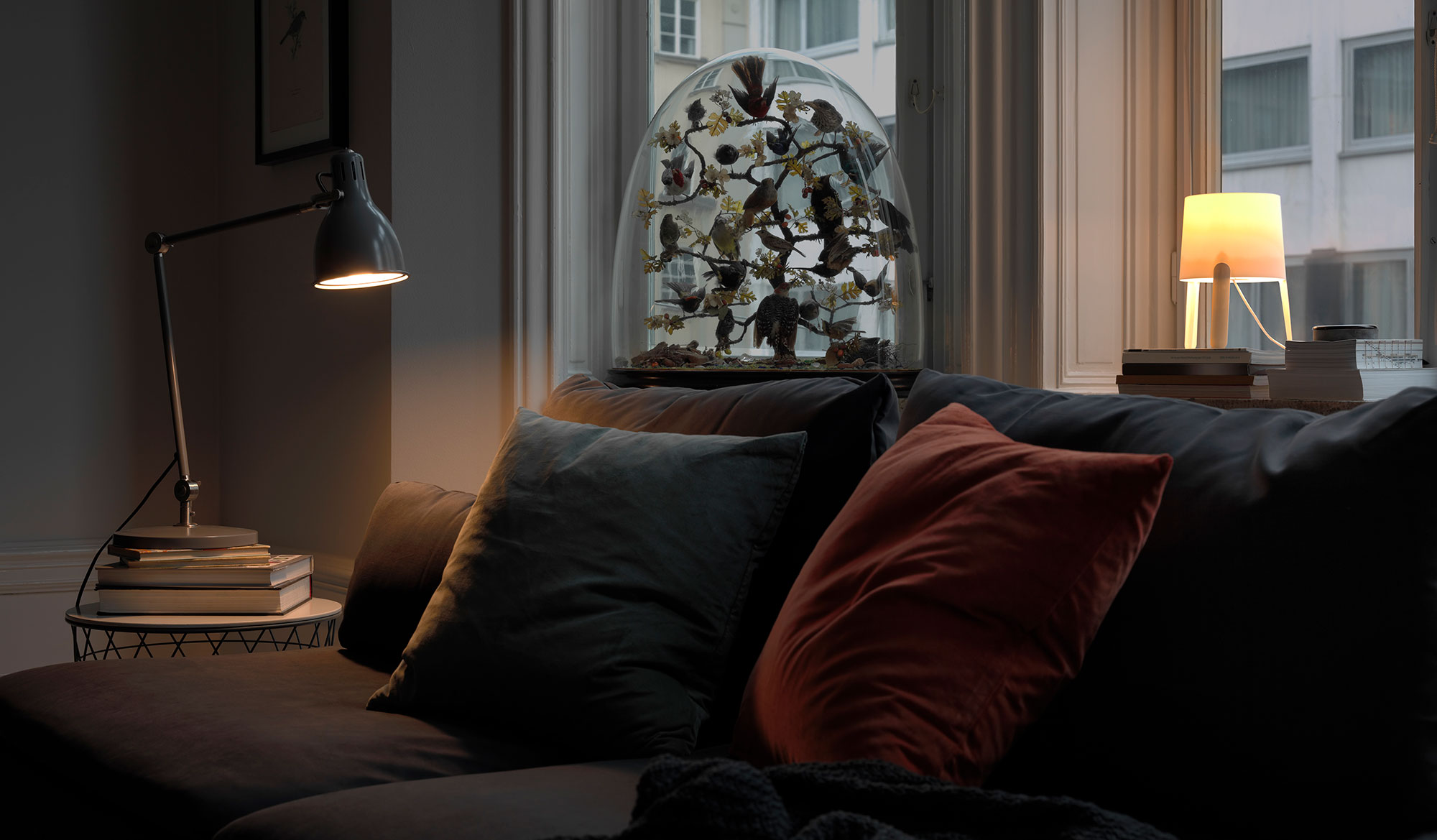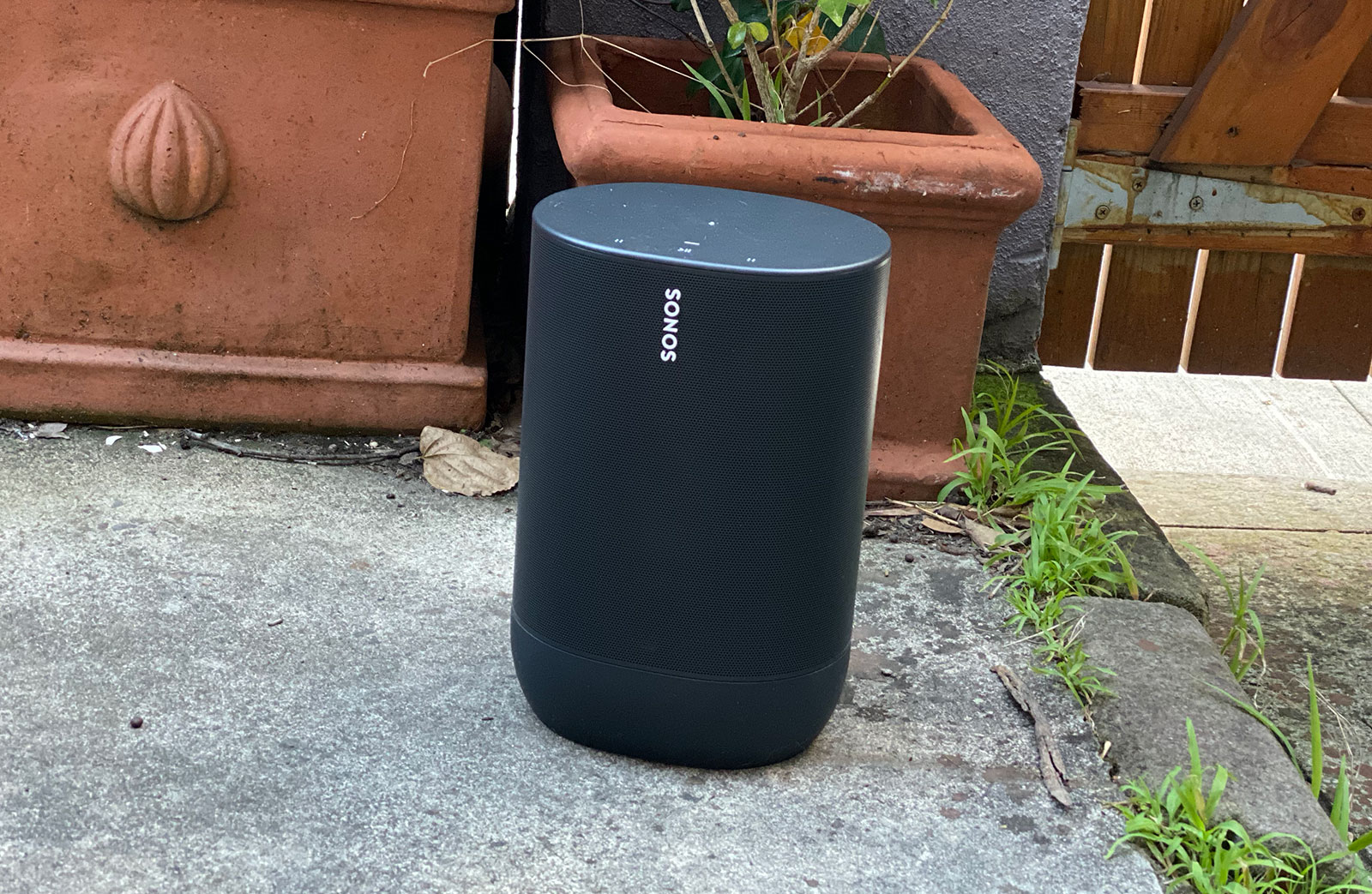You can’t choose your neighbours, and if you’re unfortunate to live next to someone aggressive, we’re sorry. But you can protect your home and life with some great technology.
We don’t get to choose our neighbours, but if you’re lucky, you’ll never have a problem with the folks who live on either side of your life. You might even have a good rapport with them, and go to BBQs, dinner parties, and grow up in a friendly and familiar way.
Or you might not.
You might have dodgy neighbours that have you questioning not only what you did to deserve this, but how their actions, loud volume, fights, and animosity can be hurled your way with such regularity simply because you had the misfortune to live next door to them.
Even if you just get on with your life, bad neighbours are an unfortunate reality that you may end up being forced to deal with. There’s often not much you can do, short of calling the constabulary when it gets bad, though the reality is they may only be able to mediate things, and mightn’t be able to do much at all. They might be useful for keeping them in line and preventing any serious outcomes, from breaking into your home or causing bodily harm, but chances are that you’re on your own when it comes to dealing with bad neighbours.
Fortunately technology can help. You’ll still have to do your best to ignore them, but if you’re looking to just mind your own business, protect your property, and not let the frustrations vented by bad neighbours get to you, there’s a gadget or two that you can work for you.
Real-life tests
Sadly, this journalist and his family had to put up with bad neighbours for around six years. The neighbours before were lovely people, but the ones that came after, markedly less so.
Somewhere between loud, aggressive, and abusive, they appeared to do what they could to make their presence known when you really just didn’t want to talk to them, not acknowledge them, and live your life. Unfortunately, some people are just petulant children that never really grow up, even if their facial hair says otherwise.
So between the excessive volume late at night that had kept us and our children up, between the regularity of neighbour fights and arguments that you could hear through the walls, of objects crashing to the ground, of screaming, of harassment notes and threats and going through mailboxes, of the sound of people being thrown down stairs, the charging onto property and trying to break in, and of the constant threat of having a neighbour charging down the street hurling profane language our way, our previous neighbours hadn’t exactly been what you would typically call or describe as “neighbourly”. Unless that word means something else and is more like a dark dystopian disaster of derogatory comments and the like. One might even call them defective neighbours.
We eventually moved, and that was fine. We’re in a better place now with nicer neighbours that represent what most people associate with that word.
However, it meant that we had to become a little creative in how these situations were dealt with, and find ways in how to use good technology to deal with bad neighbours.
So what can you do? How can you use technology to prevent neighbours from impacting your life considerably?
Dealing with loud neighbours
Everyone is entitled to their own music and sound in their own homes, but some people can push those limits. They can push the rules, particularly if they’re not courteous enough to care about what said rules are.
In the country Pickr writes from (Australia), the rules are a little muddy, but like many parts of the world, there’s a degree of civility you can generally expect neighbours to treat each other with.
Locally, you can generally make noise from around 7am to 10pm, with the rules being looser as you make your way to a weekend. You know, because people have to work and all. There are acceptable limits to the amount of noise, and if it’s ridiculously loud for no reason, police can be brought over, because in the long run, this is about keeping everyone happy and everyone’s rights in balance.
But not everyone is courteous to each other, and some will actively go out of their way to think their rights trounce yours. So to deal with that, we started setting up speakers in every room of the house.
Use a Sonos or other sound system as a white noise generator
If you happened to sleep in our home throughout this time, you’d find the sound of the home would appear as if rain was coming from inside the home every night from 10pm. It was an intentional action, and by setting up several speakers throughout the home to be synchronised to each other, and playing a form of white noise, we had created a way to deal with noisy neighbours.
When the time kicked in, white noise would effectively drown out what came from the wall beyond, creating a harmonious cloud of sound that acted like a wall, and one that only the occasional shriek broke through. This wall of sound was a way we could protect ourselves and get some shut eye, and it’s a fairly easy noise wall you can construct yourself, and is actually quite relaxing, too.
Essentially, we’d built the very opposite of noise cancelling headphones, with a noise-inducing sound system that played repeatable sounds all night to drown out the guff coming from next door.
It’s easy to make, as well: simply grab a white noise playlist or find a rain sound album on a streaming service, set it to replay with crossfade on, and play it for a set amount of time on a sound system. If you have a multiroom system such as a Sonos, you can link it to other speakers in your home, and time the whole thing to begin at a certain time, and then end at a certain time. Typically when you intend to wake up.
Noise cancelling earphones for a personal bubble
Another option is noise cancelling earphones, though it’s more of a personal bubble of sorts. If you live in a place where you don’t need to turn your entire home into a white noise generator, and just want it in your ears, this is one option that can get you there, though we found it wasn’t necessarily as solid.
Sleeping in earphones isn’t always comfortable, and noise cancelling earphones are made to quell noise and cut back on the outside world, though that doesn’t necessarily mean silencing people being loud just because. It might cut some of their sounds out of the picture, but it won’t necessarily do everything.
Protecting your property while you’re home
Hopefully you never have to live next to someone as overly aggressive as we had, but if you do, protection is a necessary part of what you may need to factor in. And factor in, we did.
Security cameras, a video doorbell, and the occasional floodlight were things we tried out, because even though a bad neighbour can be loud through a wall, they can also be aggressive when you ask them politely to go to bed, or ask the police to tell them that.
Many of these things are always recording, and so if the neighbours go and do something that is potentially illegal, there’s a good chance you’ll have a record of it, even if they deny it. Here’s hoping it never gets to that, but protecting one’s property is important, so here are some ways to do that.
Use a security system
There’s no shortage of wireless security camera systems in the world, and our first recommendation is to find one of these that you like, and set it up.
Many of these come in two- or three-camera solutions, and if you look for one that’s weather resistant and offers magnetic mounts, you’ll be able to set them up practically anywhere. They may even capture people trying to tear them down, which being magnetic, you can just put them back up again.
Devices such as an Arlo or D-Link Omna provide an easy way to link up the cameras around your home, and these can be paired with floodlights in case you need to shine a light on would be intruders, capturing motion, uploading it to the cloud, and sending you an alert when it happens.
Set up a video doorbell
Another recommendation is to make sure you have a video doorbell set up at home, because it’s more than just a new take on a doorbell, but a security system, as well.
While devices like the Ring Video Doorbell and Arlo Doorbell can be super effective at telling you when someone has pushed the button on the doorbell, they’re also built to act like regular security systems, as well, setting up a perimeter that happens to be your front area, and really telling you when someone walks into it.
The moment they do, you’ll get a motion alert, and a video doorbell security system will start capturing. If that person isn’t supposed to be on your property, or does something they’re not supposed to — such as illegally checking your mail for you — the doorbell will provide a captured video even without them pressing the button of the doorbell.
Technically, the video doorbells on the market are built to capture a video when someone presses the doorbell, but that little extra dose of security is one of the other things they do, too. You can even talk to people through them, which is something you mightn’t expect.
Simulating you being home
While keeping watch over your home through security and sealing yourself in a bubble are both solid ways to try and deal with bad neighbours, there’s also the prospect of a neighbour that can get a little too intrusive.
You might not be there at all times, and so a security system can only do so much. Noisy neighbours can also be nosy neighbours, and so it can be important to set up some routines in your home to keep them at bay.
To do this, we’re essentially bringing some of the smart home technologies to a home, including the aforementioned multiroom sound system, so you can make your home seem populated even if you’re not actually there.
Lighting your home with regularity as if you were home
And that starts with lighting.
One of the best ways to make it seem as if you’re home comes from you turning on your home lighting. You’ll do it when you come home — flick the light switch on — and you’ll do it when you go to bed — flick the light switch off — so we’re essentially setting these up on timers.
However rather than use timers, you can buy smart light bulbs and control them with your phone.
Set up a smart light bulb and you can turn them on using a smart speaker or an app (or both), and you can set up a timer with a degree of random thrown in for good measure. It means you can set a rough time that you might switch the lights on, and get it exactly or within a few minutes to make it seem realistic, essentially building schedules of when those lights are supposed to come online.
That’s one way to make the lights act as a form of simulation, but it’s not the only thing.
Timing sound to simulate you being home
Another option to act as a deterrent and simulate you being home comes from sound.
If you have one of those multiroom systems, you can use the speakers around your home to play music at certain times, helping to suggest that you might be home.
That might be music that you’d normally play set on schedules, or it might even be music that you wouldn’t play. It’s unlikely your neighbours will hear the sound through the wall, just some noise, but if you wanted to play a list of every Rickroll in existence, you could probably do that, too.
Ultimately, it’s about simulating your existence by using the technology that you might be using to isolate yourself from them.
Sound is a great way to do this, create an invisible wall of sound waves that can cushion you from hearing any nonsense, and hopefully masking you from them, as well, but that can also work to make anyone believe you’re home when you’re not, because that can be important, as well.


